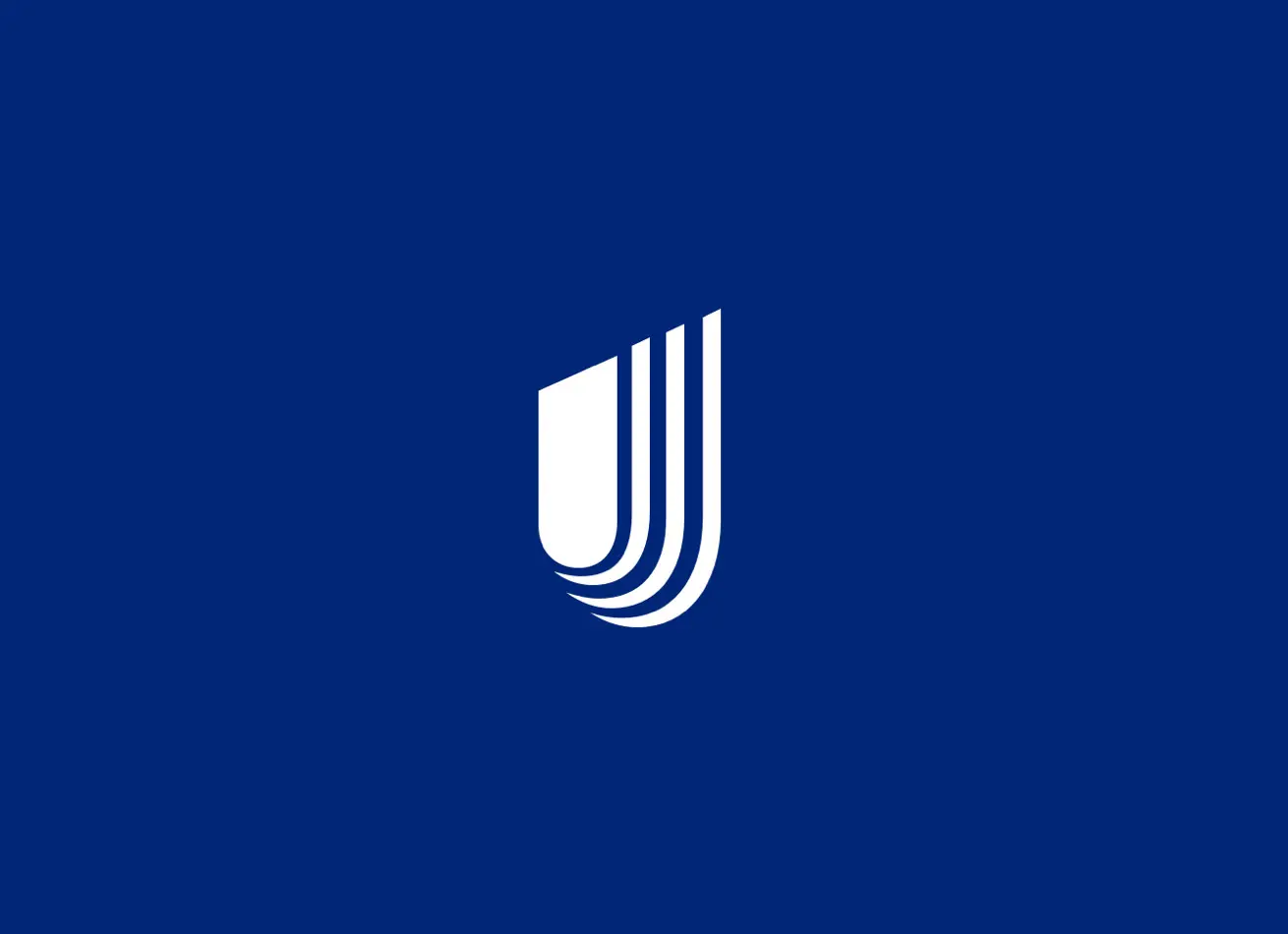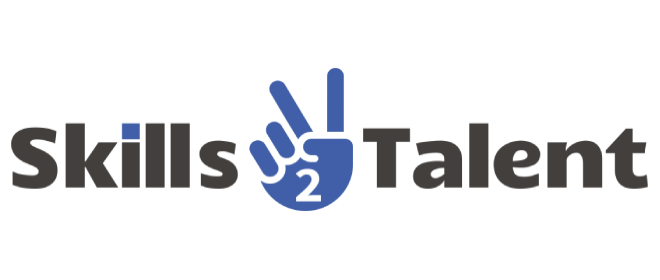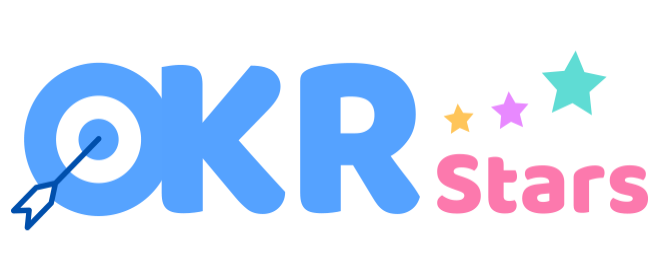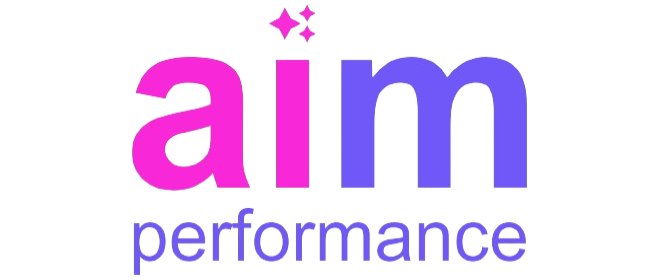Development planning is a cornerstone of long-term success in any organization. It’s not just about meeting immediate goals but ensuring that employees across all levels—white collar, grey collar, and blue collar—have the tools and guidance necessary to grow in their roles. Performance management plays a pivotal role in this process, helping employees and organizations alike by establishing a roadmap for continuous improvement and career progression. In this blog, we’ll explore how performance management helps in development planning for white collar, grey collar, and blue collar workforces.
The Importance of Development Planning in Performance Management
Development planning is essential in fostering employee growth, satisfaction, and retention. Performance management acts as the framework through which development plans are created, executed, and refined, ensuring that employees have clear goals and pathways for advancement.
For white collar employees, who often focus on knowledge-based roles, development planning through performance management ensures that they continuously update their skills and stay relevant in a fast-changing business environment. In grey collar roles, which require a blend of cognitive and manual skills, development planning helps employees balance both aspects of their jobs while aiming for higher responsibilities. Blue collar workforce benefit from development planning by enhancing their technical skills and preparing for specialized roles or leadership positions within their fields.
Creating Personalized Development Plans for Career Growth
Performance management allows for personalized development planning, which is crucial for employee engagement and growth. These plans take into account an individual’s strengths, weaknesses, and aspirations, ensuring that each employee’s development is tailored to their specific needs and career goals.
In white collar positions, personalized development plans often include goals related to leadership development, advanced certifications, or technical proficiencies. Grey collar employees, whose roles span both intellectual and physical work, require development plans that address both areas, ensuring balanced growth. Blue collar employees, often working in physically demanding roles, benefit from development plans that focus on skill enhancement, safety training, and opportunities for upward mobility. Performance management ensures that these personalized plans are regularly reviewed and adjusted as needed.
Aligning Development Plans with Organizational Goals
A key benefit of performance management in development planning is the alignment of individual development plans with organizational objectives. When employees see how their growth directly impacts the organization’s success, they are more motivated to achieve their development goals.
For white collar employees, aligning development plans with organizational goals might involve setting objectives that contribute to company innovation, leadership, or strategic planning. Grey collar workforce, who balance cognitive and physical tasks, can benefit from development plans that align their technical and problem-solving skills with company productivity goals. Blue collar employees, whose hands-on work is crucial to operational success, can focus on development plans that improve their efficiency and technical expertise, aligning their progress with the organization’s performance targets.
Identifying Skills Gaps Through Performance Management
Performance management is instrumental in identifying skills gaps that need to be addressed through development planning. Regular performance reviews and assessments help employees and managers pinpoint areas where improvement is needed, forming the basis for effective development plans.
For white collar employees, skills gaps might relate to emerging technologies, leadership competencies, or industry-specific knowledge. Performance management systems help identify these gaps and integrate them into development plans. Grey collar workforce, whose roles require a balance of mental and physical skills, may have gaps in either area that need addressing. Performance management allows these employees to focus on developing both aspects of their roles. Blue collar employees can use performance management to identify gaps in technical skills or safety procedures, ensuring that their development plans address these areas and prepare them for future advancement.
Continuous Learning and Development Through Performance Management
Performance management fosters a culture of continuous learning and development. By emphasizing ongoing improvement, it ensures that employees across all levels are always growing, adapting, and preparing for future challenges.
White collar employees, who often need to stay ahead of industry trends and technological advancements, benefit from continuous learning opportunities provided through performance management. Grey collar workforce, with their diverse skill sets, can enhance both their cognitive and physical abilities by engaging in ongoing development programs. Blue collar employees, who need to stay up-to-date with the latest tools and techniques in their fields, rely on continuous learning to remain competitive and efficient in their roles. Performance management systems help integrate continuous learning into everyday work, making development a natural part of an employee’s journey.
Setting Achievable Goals in Development Planning
Goal setting is a fundamental part of performance management and development planning. Clear, achievable goals keep employees focused and motivated while providing a measurable way to track progress.
For white collar employees, these goals might include mastering new software, completing certifications, or taking on leadership roles. Performance management systems help in setting and tracking these goals, ensuring that they are aligned with broader career objectives. Grey collar workforce, who need to excel in both manual and cognitive tasks, benefit from goal setting that allows them to improve in both areas simultaneously. Blue collar employees, focused on hands-on work, can use performance management to set specific, measurable goals related to their technical expertise or operational efficiency, leading to clear development outcomes.
Providing Feedback for Continuous Improvement
Feedback is a critical element of performance management and development planning. Regular, constructive feedback helps employees understand their progress and make necessary adjustments to their development plans.
White collar employees benefit from feedback that focuses on both their technical skills and their leadership potential. Performance management systems provide continuous insights that guide their development. Grey collar workforce, balancing different types of tasks, need feedback that addresses both cognitive and manual contributions, helping them refine their development plans accordingly. Blue collar employees, whose work is often immediate and tangible, benefit from timely feedback that helps them improve their skills and efficiency on the job. Performance management ensures that feedback is not only regular but also aligned with each employee’s development goals.
Supporting Mentorship and Coaching in Development Planning
Mentorship and coaching are essential for effective development planning. Performance management systems can help connect employees with the right mentors and coaches, ensuring they receive the guidance and support needed to advance in their careers.
White collar employees, who often move into leadership roles, benefit from mentorship programs that help them develop the necessary skills for higher-level positions. Performance management can facilitate these connections by identifying potential mentors within the organization. Grey collar workforce, who need to navigate complex roles, can benefit from coaching that addresses both their cognitive and physical development needs. Blue collar employees, who may be looking to move into supervisory or specialized roles, can use mentorship to gain the knowledge and experience needed to advance, with performance management helping to guide these relationships.
Retaining Talent Through Effective Development Planning
Effective development planning through performance management is one of the most powerful tools for retaining talent. When employees see that the organization is invested in their growth and development, they are more likely to stay engaged and committed.
White collar employees, who often seek upward mobility, are more likely to stay with an organization that offers clear development opportunities. Performance management systems that outline these opportunities contribute to higher retention rates. Grey collar workforce, who may have more complex development needs, benefit from performance management that offers diverse growth opportunities, keeping them engaged and loyal. Blue collar employees, who might be looking for stability and growth, are more likely to stay with an organization that invests in their development through performance management, leading to long-term retention.
Conclusion: How Performance Management Drives Development Planning
In conclusion, performance management is essential for effective development planning across white collar, grey collar, and blue collar workforces. By identifying skills gaps, aligning personal and organizational goals, fostering continuous learning, and supporting mentorship programs, performance management creates a framework for successful development planning. When employees have clear development plans, they are more motivated, engaged, and likely to stay with the organization, leading to higher retention rates and overall success.










